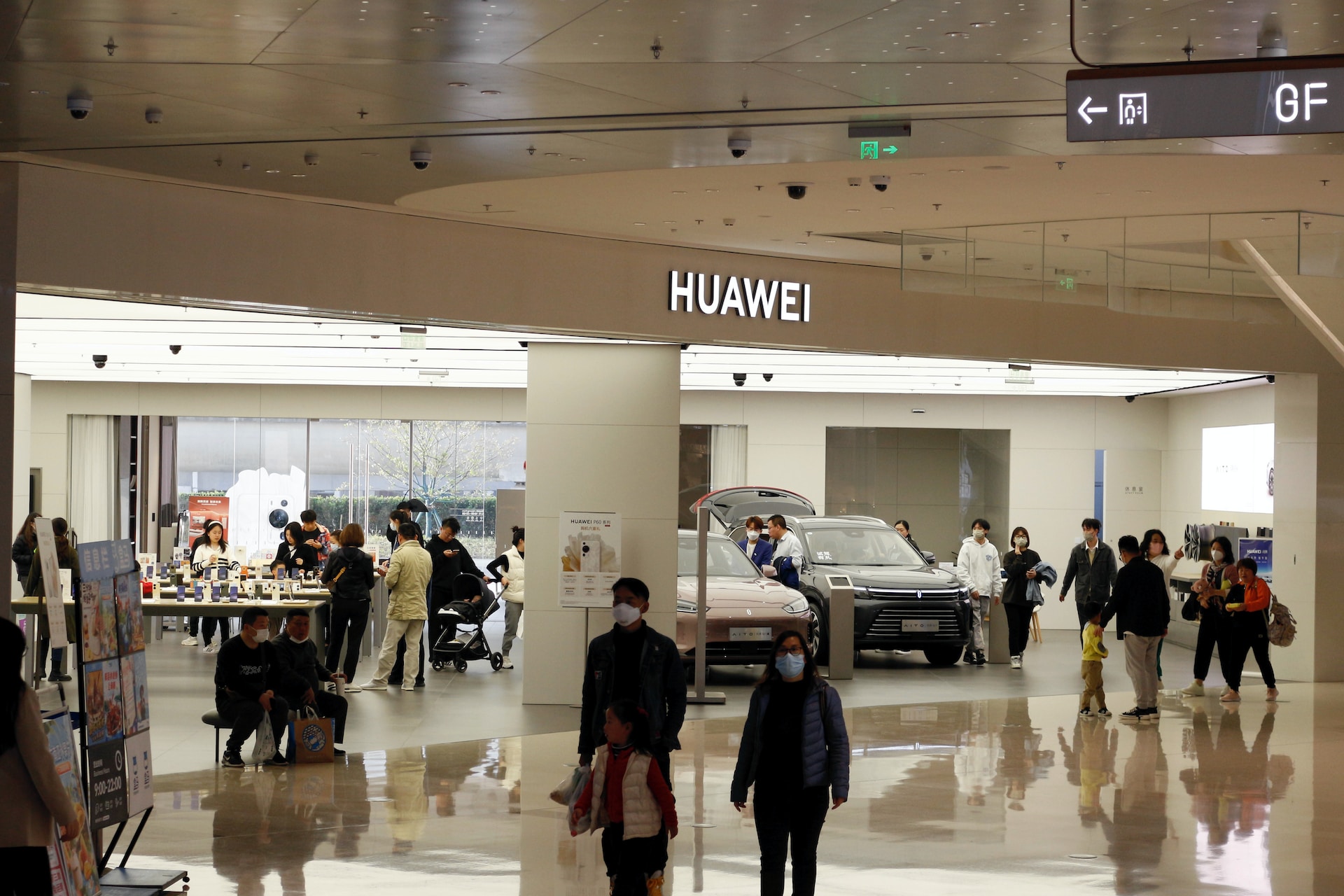In a startling incident that has sent shockwaves through the media industry, an Irish newspaper recently became the unwitting victim of a hoax article on the topic of ‘problematic’ false tan. The incident highlights the pervasive issue of fake news and the challenges faced by news organizations in combating misinformation.
The Hoax Article Unveiled:
The article, titled “The Perils of False Tan: A Problematic Trend,” appeared in the pages of a prominent Irish newspaper, sparking controversy and concern among readers. The piece delved into the alleged risks and societal implications of using false tan products, presenting a narrative that echoed popular discussions on social media. However, investigations later revealed that the entire article was a well-constructed hoax.
Unraveling the Deception:
Alert readers raised doubts about the article’s authenticity, prompting a thorough examination by the newspaper’s editorial team. It was discovered that the author’s identity, purportedly a renowned journalist named Emma Sullivan, was fabricated, and the article was generated by an unknown source using advanced AI technology. The incident raises questions about the efficacy of editorial oversight and fact-checking processes within news organizations.
The Proliferation of Fake News:
This incident serves as a stark reminder of the prevalence of fake news in today’s digital age. With the rapid dissemination of information through online platforms, misleading and fabricated stories can quickly gain traction, eroding public trust in the media. The consequences of such misinformation can be far-reaching, impacting public opinion, distorting narratives, and potentially causing harm.
Challenges Faced by News Organizations:
News organizations are grappling with the daunting task of combating the spread of fake news while upholding the principles of accurate and ethical journalism. The rise of AI-powered content generation tools adds another layer of complexity, as perpetrators exploit these technologies to create sophisticated hoaxes that mimic authentic reporting. This incident underscores the urgent need for enhanced fact-checking protocols and source verification methods.
Restoring Trust and Promoting Media Literacy:
In the aftermath of this hoax article, the affected newspaper has taken swift action to rectify the situation. A public apology has been issued, and measures are being implemented to strengthen the editorial process, including more stringent vetting of contributors and improved safeguards against the dissemination of false information. Additionally, efforts to promote media literacy and critical thinking among the public are crucial in countering the influence of fake news.
A Call for Ethical Journalism:
As the media landscape continues to evolve, the responsibility lies with news organizations to prioritize accuracy, integrity, and transparency in their reporting. Adhering to strict journalistic ethics and investing in comprehensive fact-checking mechanisms are vital in combating the spread of fake news and rebuilding public trust. Additionally, collaboration among industry stakeholders, regulatory bodies, and technology companies is essential to address the challenges posed by AI-generated content.
Conclusion:
The hoax article on ‘problematic’ false tan that deceived an Irish newspaper serves as a stark reminder of the prevalence and potential harm caused by fake news. News organizations must remain vigilant, employing robust verification processes and stringent fact-checking protocols to ensure the accuracy and authenticity of their reporting. As readers, it is imperative that we develop media literacy skills to critically evaluate information and discern fact from fiction in an increasingly complex digital landscape.











